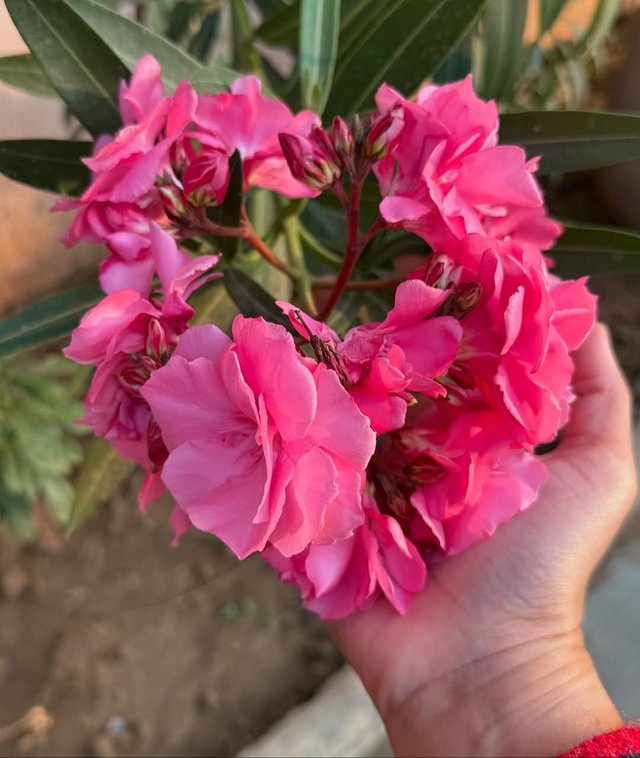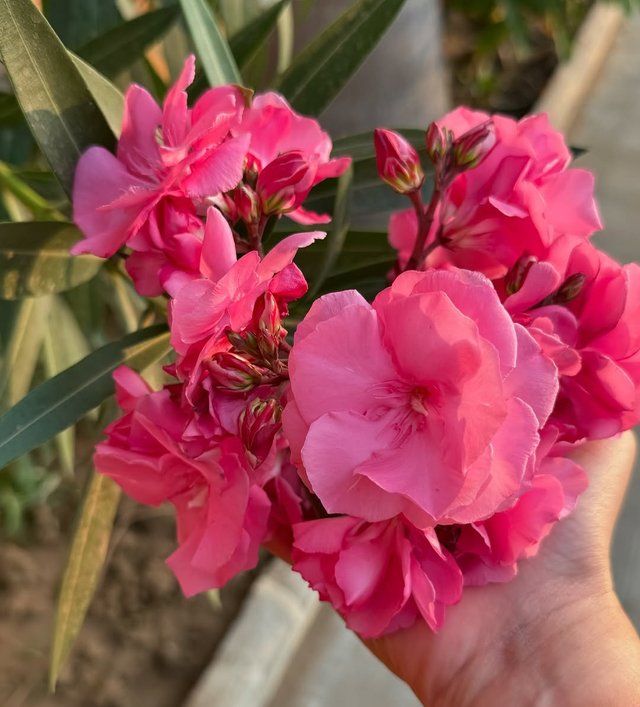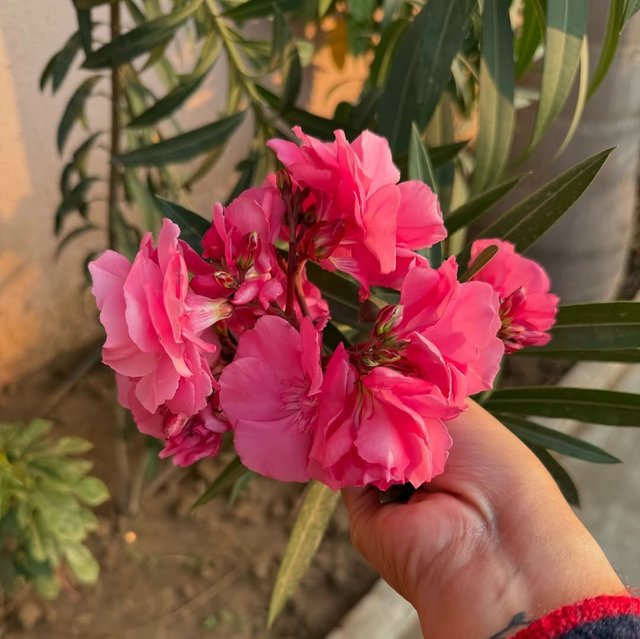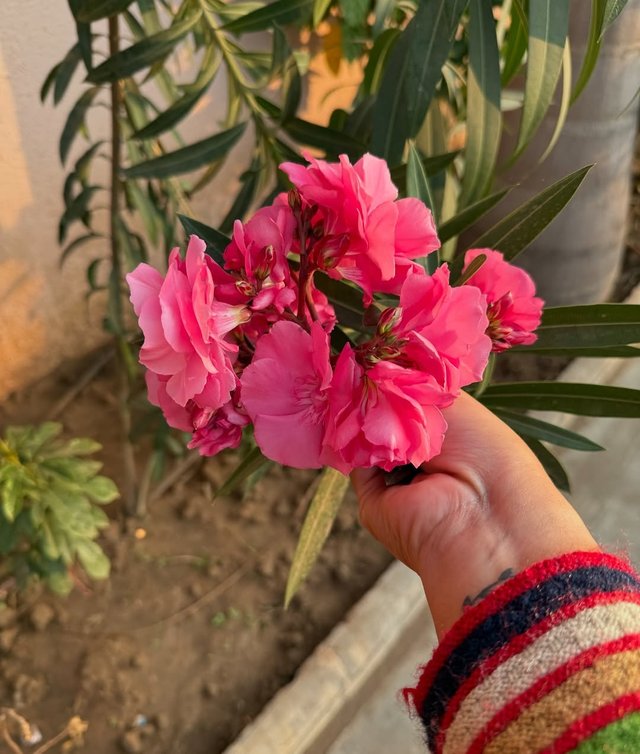Oleander Flower So Beauty
Oleander is one of the most strikingly beautiful yet dangerously toxic plants found in many parts of the world. Belonging to the dogbane family, this evergreen shrub or small tree is admired for its lush foliage, colorful blooms, and ability to thrive in a wide range of conditions. Despite its beauty, oleander carries a dual reputation—it is both a cherished ornamental and one of the most poisonous plants known to humankind.
Appearance and Growth
Oleander is native to the Mediterranean region and parts of Asia but is now cultivated widely in warm climates around the world. It typically grows between 6 to 20 feet tall, forming dense, bushy hedges that make it popular for landscaping and privacy screens. Its long, narrow, leathery leaves are arranged in pairs or whorls and remain green year-round, adding to its appeal as an evergreen ornamental.
The flowers are perhaps oleander’s most enchanting feature. Blooming in clusters, they come in shades of white, pink, red, and yellow, sometimes with double petals that give them a fuller, rose-like appearance. The flowering season is long—lasting from spring through late autumn in warmer regions—ensuring that oleander remains vibrant for much of the year.
Cultural and Ornamental Uses
Due to its resilience, oleander is often planted along roadsides, in gardens, and in public parks. It tolerates drought, heat, wind, and even poor soil conditions, making it a hardy choice for challenging environments. Its thick growth also acts as a natural sound and wind barrier, while its flowers brighten landscapes with continuous color.
In Mediterranean countries, oleander has long been a symbol of endurance, beauty, and protection. The plant is often associated with strength and resilience because of its ability to thrive in harsh, dry conditions where many other plants fail.
Thanks For Reading
Device Information
| Device | Redmi Note 10 Pro |
|---|---|
| Lens | 64 mp |
| Location | Bangladesh |




